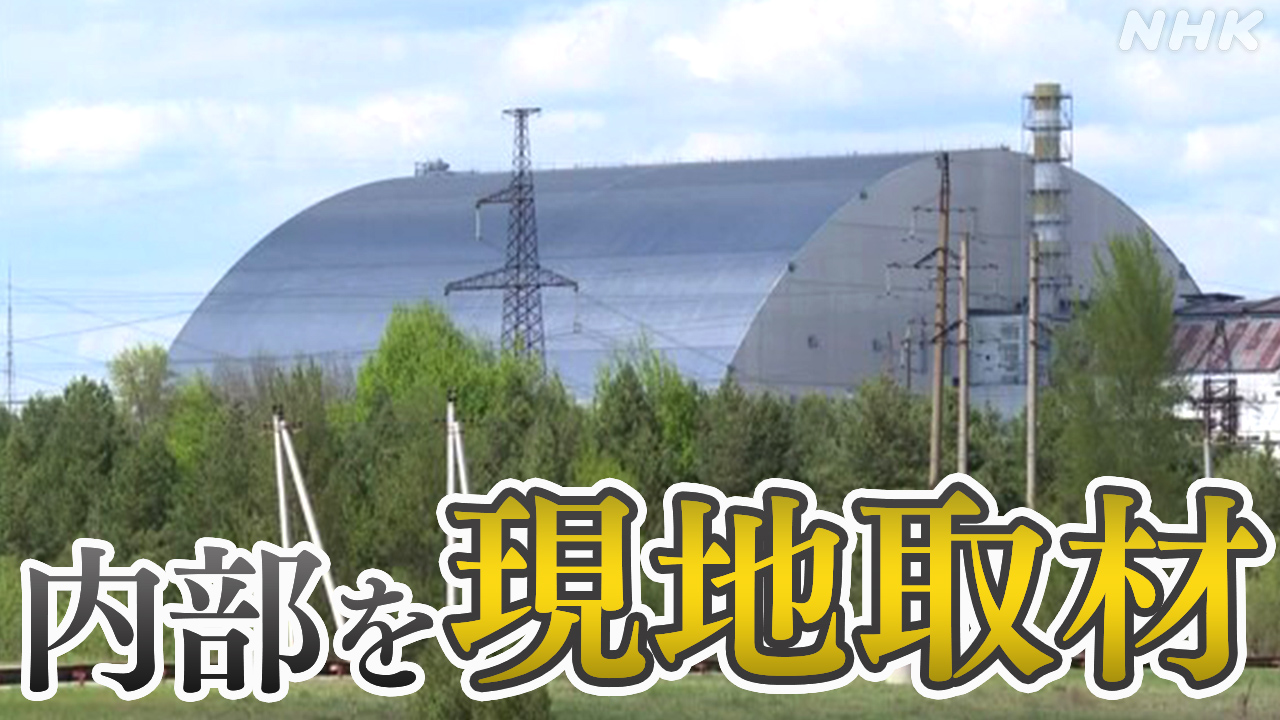Post-Attack: Chernobyl Shelter Damage Analysis – Assessing the Risks After the Recent Drone Strikes
The recent drone attacks near the Chernobyl Exclusion Zone have raised serious concerns about the structural integrity of the sarcophagus encasing the damaged Chernobyl Nuclear Power Plant reactor. This article delves into the potential damage analysis, the ongoing monitoring efforts, and the broader implications for nuclear safety and environmental protection.
Understanding the Chernobyl Sarcophagus and its Vulnerability
The Chernobyl New Safe Confinement (NSC), often referred to as the sarcophagus, is a massive arch-like structure built to contain the radioactive materials from the 1986 disaster. While designed to withstand significant environmental pressures, its vulnerability to deliberate attacks or accidental damage remains a critical concern. The attacks, though not directly hitting the NSC, highlighted the fragility of the area's security and the potential cascading effects of even indirect damage.
Potential Damage Scenarios:
- Seismic Instability: Explosions, even at a distance, can cause ground vibrations, potentially impacting the stability of the NSC's foundations. Long-term monitoring is crucial to detect any subtle shifts or weakening.
- Structural Compromises: Debris from explosions or damaged infrastructure within the exclusion zone could, in a worst-case scenario, impact the NSC structure.
- Disruption of Monitoring Systems: Drone attacks could damage crucial monitoring equipment, hindering real-time assessment of the NSC's structural health and radiation levels. This hampers effective response to any potential issues.
- Increased Security Risks: The attacks underscore the vulnerability of the site to further acts of sabotage or accidental damage, necessitating enhanced security measures.
Ongoing Monitoring and Damage Assessment Efforts
International organizations, along with Ukrainian authorities, are actively monitoring the situation. This includes:
- Remote Sensing Technologies: Satellite imagery and drone surveillance (from a safe distance) are used to assess any visible damage to the NSC and surrounding infrastructure.
- Structural Health Monitoring: Sensors embedded within the NSC are continuously monitoring stress levels, movement, and other critical parameters.
- Radiation Monitoring: Sophisticated radiation detection systems track any potential release of radioactive materials.
The data collected from these efforts are crucial for accurate damage assessment and informing future mitigation strategies. Transparency in reporting these findings is vital to building public trust and ensuring international cooperation in safeguarding the site.
Implications for Nuclear Safety and Environmental Protection
The potential for damage to the Chernobyl sarcophagus, however minimal, poses significant implications:
- Radiation Release: Any significant damage could lead to the release of radioactive materials into the environment, potentially impacting human health and ecosystems.
- Long-Term Environmental Impacts: The already contaminated Exclusion Zone could face further environmental degradation, necessitating costly and long-term remediation efforts.
- International Security Concerns: The attacks highlight vulnerabilities in securing sensitive nuclear sites, raising broader concerns about nuclear safety globally.
The Path Forward: Strengthening Security and International Cooperation
Strengthening security measures around the Chernobyl Exclusion Zone is paramount. This includes improving physical security, enhancing monitoring systems, and fostering international cooperation in securing sensitive nuclear sites. Investing in robust infrastructure and advanced monitoring technologies is vital for preventing future incidents.
Further research and analysis of the recent attacks are crucial to understand the extent of the impact and to develop comprehensive strategies for mitigating future risks. This includes collaborative efforts involving international experts in nuclear safety, engineering, and environmental protection.
Call to Action: Stay informed about the ongoing situation by following updates from reputable sources such as the International Atomic Energy Agency (IAEA) and relevant governmental agencies. Advocating for increased funding and international collaboration in nuclear safety is crucial to ensuring the long-term stability and security of the Chernobyl site.
